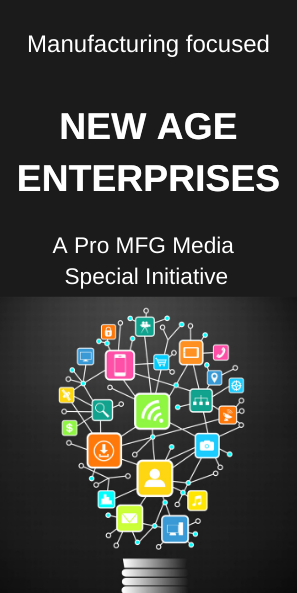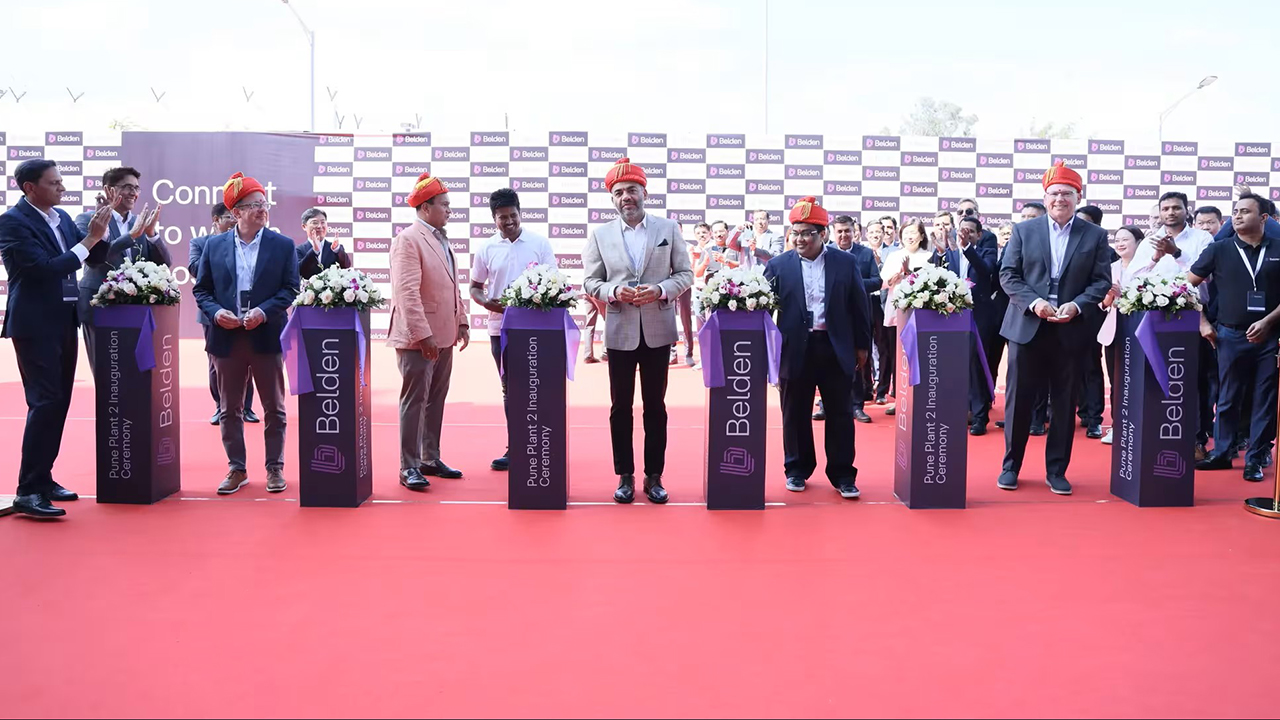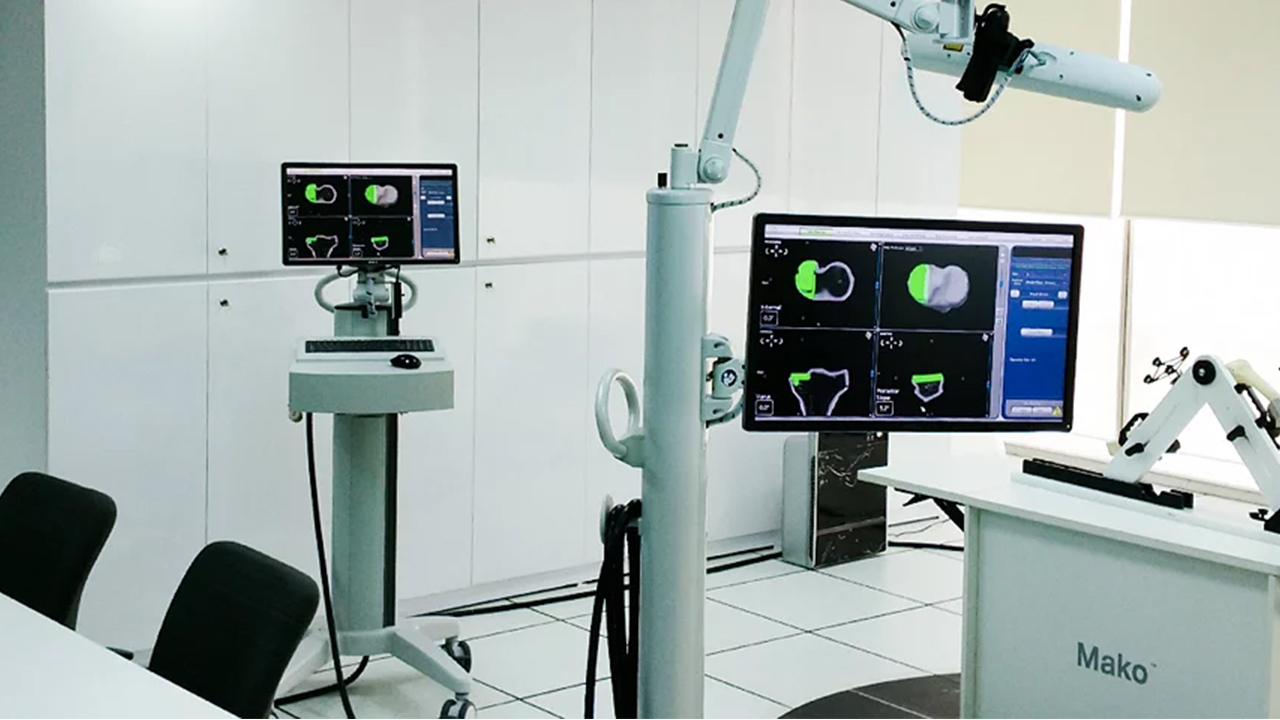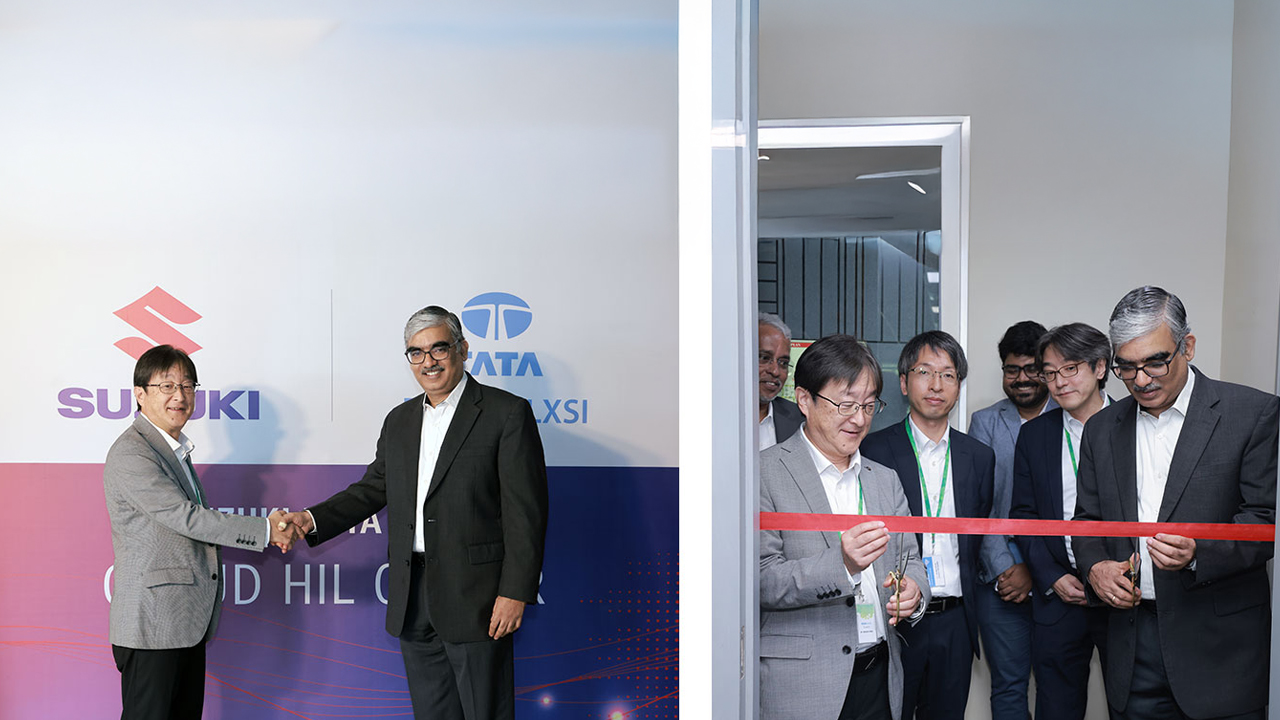The Secret to Maximize ROI on Digital Investments
#DigitalTransformation #IoT #RoI #PredictiveMaintenanceThe growth of organizations is directly related to efficiency of the manufacturing department. IoT is essential to implement, however, it is also important to evaluate its return on investment. Ravi Ramarao, GM & Chief Architect - i4.0/ Digital Transformation & Smart Manufacturing- Robert Bosch Engineering & Business Solutions shares his view with Pro MFG Media on the secrets to maximize return on investment (ROI) in the manufacturing sector.
Technology plays an important role in the overall efficiency of a manufacturing company. The countless number of research studies by various reputed agencies have highlighted that any program cycle which typically lasts for more than 18 to 24 months shall face considerable issues in execution and chances of success is low. The study also recommends splitting long duration programs into manageable multiple smaller programs.
Digital transformation falls into the category of long duration and continuous implementation cycles. In order to sustain and deliver the promised outcome much care has to be taken in planning and execution. One of the ways to achieve a successful transformation is to build “cadence” in the life cycle management in execution to make the long journey a pleasure and excitement.
A great enthusiasm drives the organizations in the beginning and generally teams tend to commit to numerous tasks that are usually not practical and more than optimal. It may seem doable to begin with, however, shall prove to be intimidating for the execution teams. Here is where the built-in cadence helps. A simple basic rule is to choose the projects wisely which will help in getting periodic results. Greater challenges can always follow.
The teams should attempt smaller tasks and taste regular success which shall keep the teams as well as the management motivated. Such successes shall energize the initial investors to continue their faith in the digital projects. Therefore, it is extremely crucial for organizations to clearly define the milestones and a roadmap for their digitalization roll-out plan. Being a top driven initiative, it is essential that a high performing task force dedicated for digital is created and responsibilities are delegated with greater clarity and empowerment.
A lot of companies today find it very challenging to prioritize the steps involved in their digital roll-out plans. One of the prime challenges is to define the “problem statement”. In principle, an external trusted advisor shall be of great value in refining the “problem to solve”.
One of the focus areas to start is quite possibly in implementing digitalization in the maintenance division. Reason being it is one of the most critical as well as routine functions of the business. ROIs are relatively easier to quantify and demonstrate tangible benefits. Also, areas and scope for improvement in maintenance function is much higher compared to the various other business areas.
Maintenance also gives ample opportunities in dealing with legacy systems which is also a good challenge. In these areas, the use of IoT sensors shall be of great value. When an “overall maintenance loop“ is established in monitoring equipment and services, it helps the plant operators to effectively monitor and manage equipment usage, wear & tear. It shall also give well defined guidelines to avoid / reduce possible breakdowns and help organizations strategize and manage the operations better. The biggest benefit shall be in repair / refurbish / replace process life cycle - the choice of refurbishments or an optimal period for replacements shall be possible using data points facilitating informed decision making choices.
Fundamentally, it is crucial for organizations to continuously focus, measure and critically review the efficiency of various processes and systems in operations. Invariably, regular upgrade in the processes is key to success besides the monitoring of solely the equipment health.
IOT sensors enabled intelligent inputs combined with strong fundamental process and systems definitions shall effectively drive to arrive at optimized maintenance plans. This approach shall help in creating workable preventive maintenance and predictive maintenance systems. In short, making almost “zero downtime’ and near perfect scheduled maintenance shall be a reality than a dream.
Quality is another key function which is directly measurable and it should be constantly perfect. The timely identification of the defective products and their rejection will help in maintaining consistent quality. Digitalization can bring in measurable benefits in Quality. It shall help in keeping the cost of quality at optimal levels.
Manufacturing Plants must have highly dependable and reliable “Maintenance and Quality” dashboards for continuous improvement.
IOT / I4.0 certainly is a great champion in this cause.
NEWSLETTER
TRENDING ON PRO MFG
MORE FROM THE SECTION








.png)
